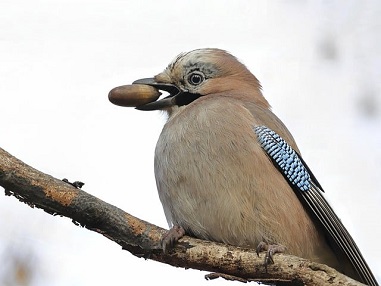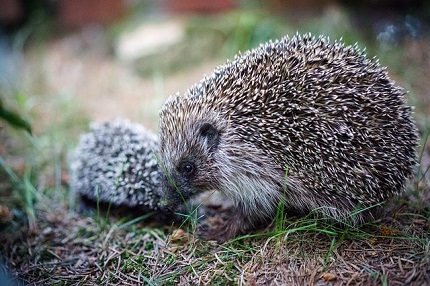Living Planet
Nature · Earth · ClimateNature Notes: September 2023
'PRAISE BE TO GOD FOR DAPPLED THINGS' Gerald Manley Hopkins
The large blue supermoon at the end of August ushered in September as a time of change - of bitters-sweet comings and goings, the beginning of Autumn and the 'Season of Creation' or Creationtide. A patchwork of golden light through waving thinning crops and leaves waiting to be harvested, will soon reveal new shapes and shadows in otherwise bare fields.
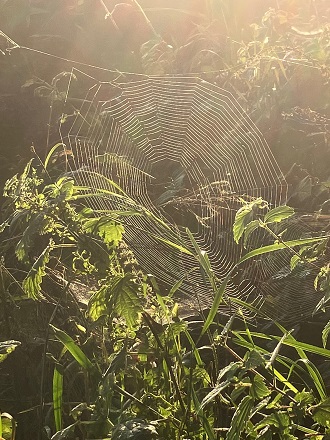
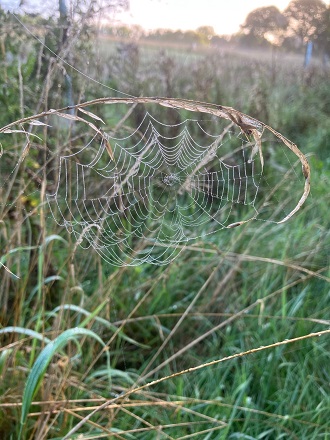
Highlights of August for me included: Misty sunrises and stunning golden dawns; starry nights; speckled wood butterflies flitting in and out of patches of woodland light; record sightings of red admirals, many of whom, with our warming temperatures, won't be returning south in the Autumn but over-wintering here in the UK; the iridescent blue flash of a kingfisher flying out from a sturdy oak in the midst of a meadow; successfully freeing a beautiful bleating soft dappled fawn (hanging upside down by its back leg which had caught in a fence); the wonder of early fungi sculptures brought on by the damp, humid weather; a meteorite shower drawing me upwards and outwards.
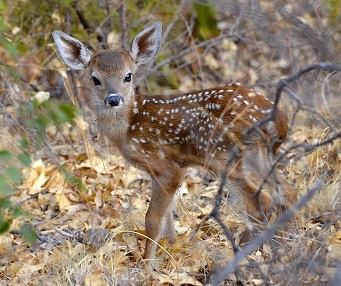
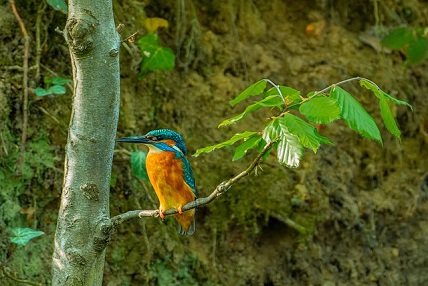
Lowlights: Despite a bumper crop of bright wild fruits, seeds and berries, the unseasonably wet conditions have adversely affected some of our farmers arable crops and hay (and many of the sheep in the fields have bad feet). At roughly the same time, the UN warned that globally we're all likely to face major disruption to food supplies as a result of the climate crisis exacerbating water scarcity, soil degradation and poor farming practices.
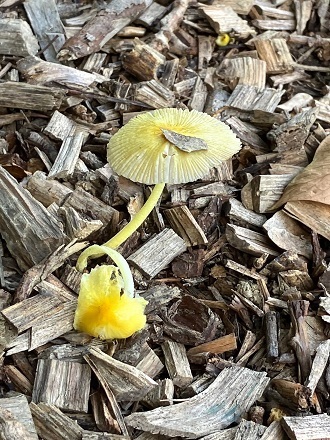
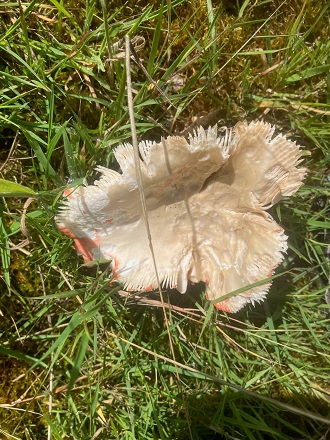
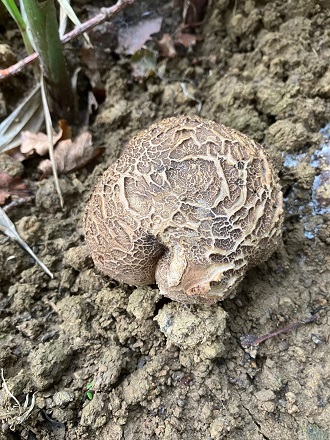
Key messages: The theme of this year's Season of Creation is 'Let Justice and Peace Flow'. We're invited to change our attitude and actions to the earth and all living beings and join with others in action to create hope instead of despair.
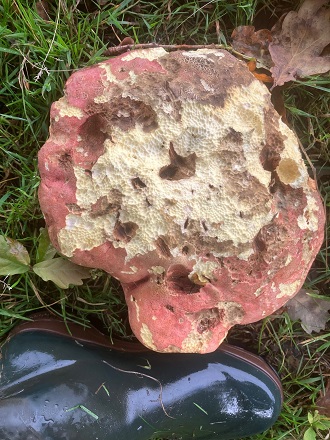
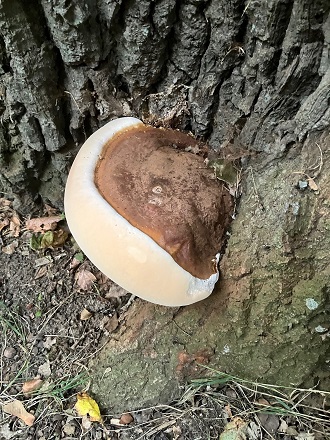
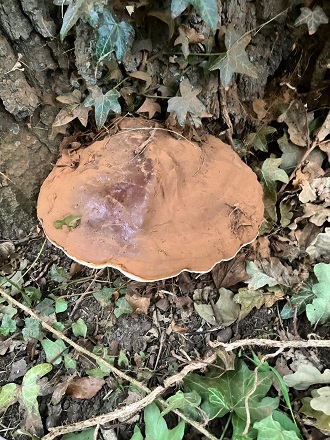
What to look for or listen to in September: House martins are still on the wing (late breeders, some may still be feeding in October); squadrons of migrant hawker dragonflies have started patrolling at head-height near watercourses; depending on the weather September is traditionally the start of the deer rutting season; hedgehogs and dormice will be actively feeding to build up enough fat reserves to see them through hibernation.
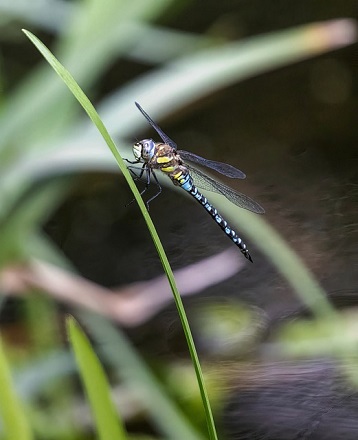
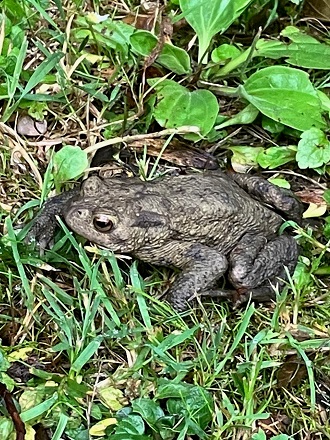
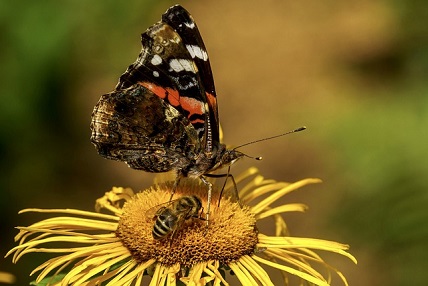
More likely to see/hear: Newly flecked feathers on garden birds emerging from their summer 'moult'; migrant geese calling overhead, corvids and jays collecting and caching acorns, the 'kee-wick' and 'twoo' of tawny owls as they start re-establishing their territories. Inside: green oak bush crickets (attracted to the light) and amorous long-legged house spiders, scampering from the shadows in search of a mate. (Well in advance of the horse chestnut season this year, the fruit of which I usually put in the corners)!
Ways to get involved:
1) Support the red admirals that spend winter here by leaving areas of stinging nettles, on which they lay their eggs in the spring, keeping intact large areas of climbing ivy (they love the flowers) and shrubs - both of the latter will provide shelter, as well as your log store or shed. Have you thought of buying or making a bug and butterfly house?
2) Take part in the Great British Beach Clean at one of our local beaches between Friday 15th and Sunday 24th September 2023. .
3) Keep your eyes out for hoglets (hedgehog young) and leave out moist cat/dog food/peanuts and water for those that are born too late to fatten in time to survive the winter.
